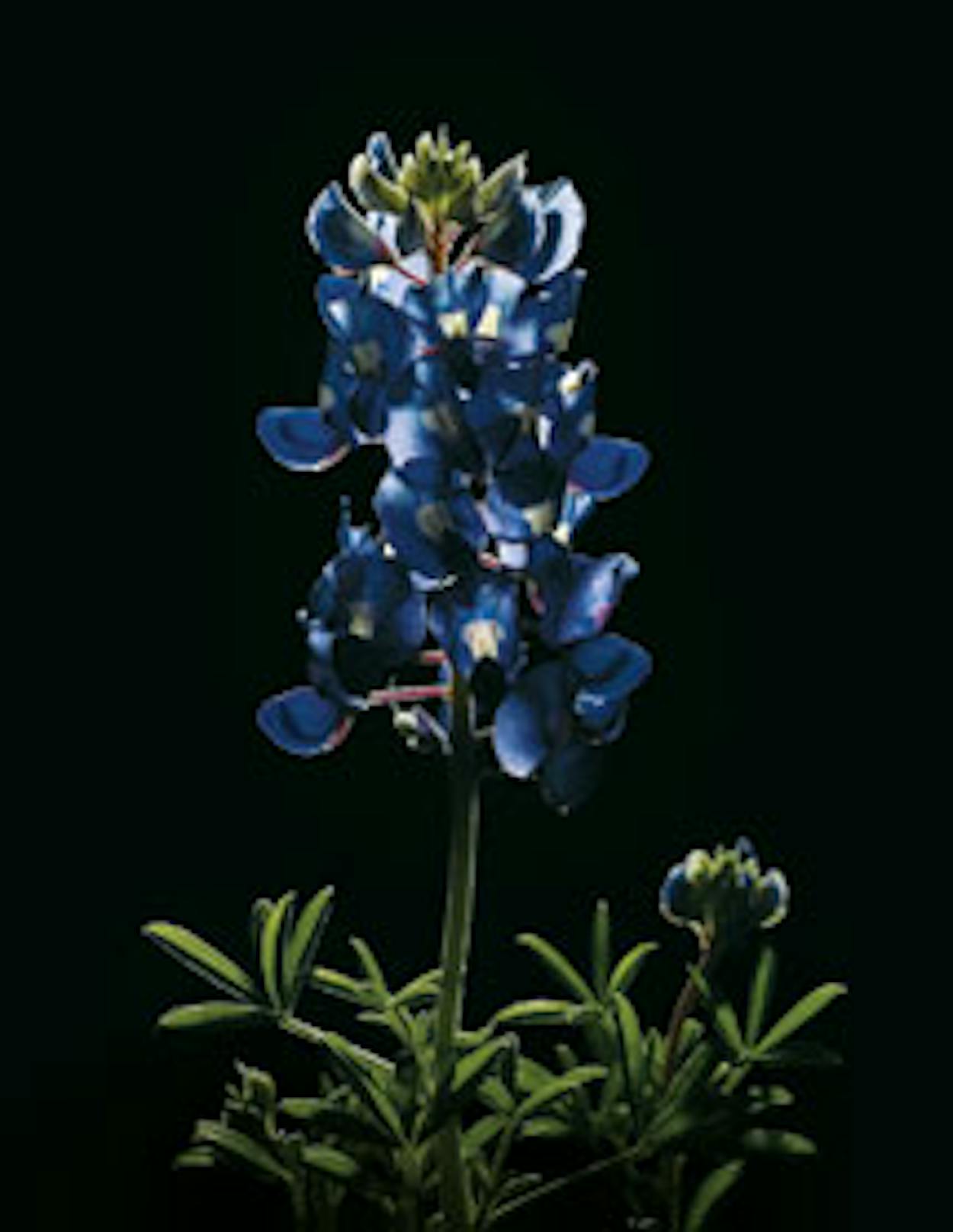Two framed letters hang side by side in the main conference room at the offices of TEXAS MONTHLY, both of them written and signed by the magazine’s founder and former publisher, Mike Levy. The first is a note that prefaced the inaugural issue, in February 1973. The second is a follow-up published in the next issue. Aside from the obvious foundational importance of these documents, they were chosen to hang in the magazine’s inner sanctum because they illustrate well one of the most serious challenges faced by its staff over the past four decades: how to write about bluebonnets.
“Texas Monthly is a major effort in magazine journalism,” Mike’s initial note read. “We’re not competing with the vapid Sunday supplements with bluebonnets on their covers.” In case this message was unclear to anyone, the first issue was buttressed with a marketing campaign that posed a bold and impudent question: “Sick of Bluebonnets and Bum Steers? . . . Send us ten dollars and we’ll send you a damned good magazine about Texas. Monthly.”
The following month, the handful of readers who picked up the March issue of TEXAS MONTHLY found the second note, which addressed the reader response provoked by the magazine’s apparent hostility to the state flower. “We were getting what can charitably be termed ‘critical commentary’ even before our first issue was off the press,” Mike reported. “One gentleman from Dallas wrote to say that ‘we are not sick of bluebonnets, a roadside or field of which is just about the most beautiful sight in the world. Why would you think we are sick of them?’ Somebody (unidentified) from Fort Worth wrote, ‘As a native Texan, I would like to know what cave you people crawled out of. No, I for one am certainly not sick of bluebonnets.’ ” Exhibiting the moral flexibility required of any great publisher, Mike explained that the angry letters “led me to call a staff meeting where, by an eight-to-two vote (one abstention), the magazine adopted as official policy the statement that ‘We, too, love our bluebonnets, a roadside or field of which is just about the most beautiful sight in the world.’ ”
As far as I know, that policy has never been overturned. And yet we have reckoned with the bluebonnet for decades. The problem is not Lupinus texensis itself, which is as beautiful a flower as has ever bloomed, across this or any other state. The problem is the overabundance of saccharine art and literature that exists to praise the humble blossom, the accretion of which has made it a symbol of, in Mike’s words, “nice, bland pap.” As Suzanne Winckler put it in a 1985 column, “An expanse of those blue and stalwart flowers strewn across a pasture or along a highway prompts such a welling-up of joy . . . that the bluebonnet has become the victim of profuse attempts to describe its perfection.”
We have contributed a few attempts at such description ourselves, my favorite being Jan Reid’s 1991 analysis, which, in getting it so exactly right, proves that it’s possible to write intelligently about bluebonnets: “Their sudden abundance each spring nurtures our fascination with magnitude and reach—whole damn canvases of color, not the fine brushstroke.”
Of course, it’s not really about the bluebonnets. It’s about the complex tension that runs through every issue of TEXAS MONTHLY—the tension between doing serious journalism about Texas that ignores mindless boosterism and finding sincere and original ways to celebrate a place we love unconditionally. In attempting to strike that balance each month, we have nobody else in mind but you, reader, who deserves a magazine that respects your capacity for both pride and stern judgment.
As for the bluebonnets, they’re blooming again. After a droughty year in which they made a fairly poor showing, their luxurious azure curtain has been once more unfurled over our drear winter pastures (sorry, I couldn’t resist some bad bluebonnet writing myself). And we couldn’t be happier. To mark the occasion, we commissioned a photo essay (“Exercise of Flower,” page 128). Though it does contain one picture sure to enrage some readers (which we debated censoring), it is, on the whole, a clear reflection of official company policy. We, too, love our bluebonnets.
Next Month
Inside the filming of a Texas movie; how Dan Rather and George W. Bush collided; the yoga scandal that rocked Houston; an essay about mothers-in-law; and the greatest batch of Texas books ever?







